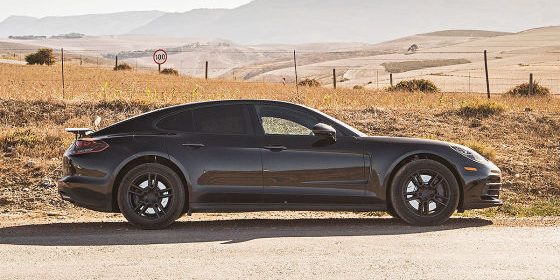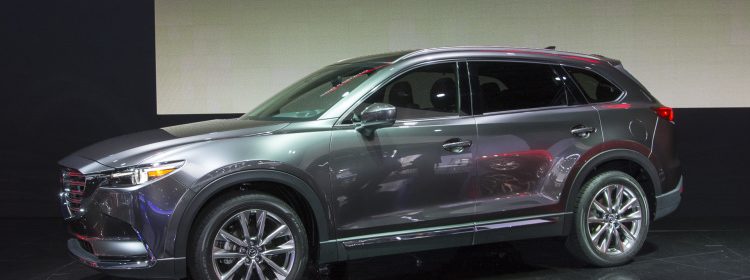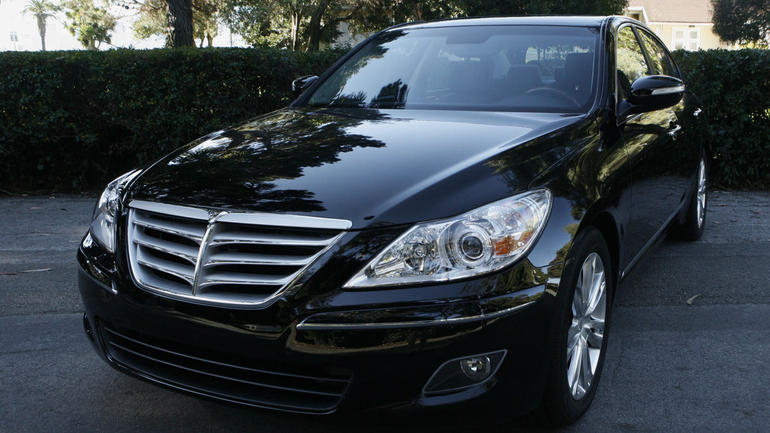These SUVs guzzle Least

SUV drive and save at the gas station – do you reconcile with each other? In theory, states: The brochures Tiguan , Kadjar and Co promise consumption values which are also attached to tight budgets. What about when the consumption is not determined under laboratory conditions to the test, but on the road. Where AUTO BILD all test vehicles on a precisely defined circular course feels exactly on the tooth.
We have seen in our test database and that collected by all current terrain goers, the AUTO BILD has tested 45 fuel-efficient. They are based on the SUV Atlas of AUTO BILD 30/2013 in Compact (models under 4.42 meters in length), mid-size SUVs (from 4.42 and 4.78 meters) and “Giant” (about 4.78 meters in length) divided. Per category we have listed independent of the fuel as the first fifteen to test consumption. As might be expected, are most notably SUVs with diesel engines.
In the compact SUV less than five liters are possible
Leader in the compact SUV is the Citroën Cactus, with significantly less than five liters of consumption. The best it saves a compact SUV. The manageable weight and not too big face allow restrained consumption.With models like the Mazda CX-3 , Mini Cooper Countryman and Suzuki Vitara drivers need not even forgo wheel drive case.
All three take consumptions under six liters in our leaderboard. The most economical model of the compact model is the Citroën Cactus with consumption of well below five liters diesel – exemplary! In the middle class, the average test consumption is 7.3 liters of fuel (45 tested vehicles).
A value that has the new and 204 hp Mercedes GLC undercuts with 6.5 liters of diesel. And it is even more economical: So the 120 hp authorized Honda CR-V in the test only 5.9 liters of diesel per 100 kilometers – first place in the middle class.
Even large SUVs are not necessarily drinkers
With the large SUVs of about five meters long Audi Q7 is one of the most efficient of its kind. And after all, is 272 horsepower.
Even the big SUVs now generate genuine flagship consumption. The average value of the 31 models tested was 10.1 liters of fuel.Noteworthy: The economical 15 large SUVs stingy with fuel, but not with power.
They are an average of almost 230 horsepower and use in most cases, a large six-cylinder diesel. Up front are a BMW, an Audi and a Volvo. Both X5 and Q7 are despite more than two tons of weight and over 200 hp with less than eight liters consumption anything but unbridled drunk.





